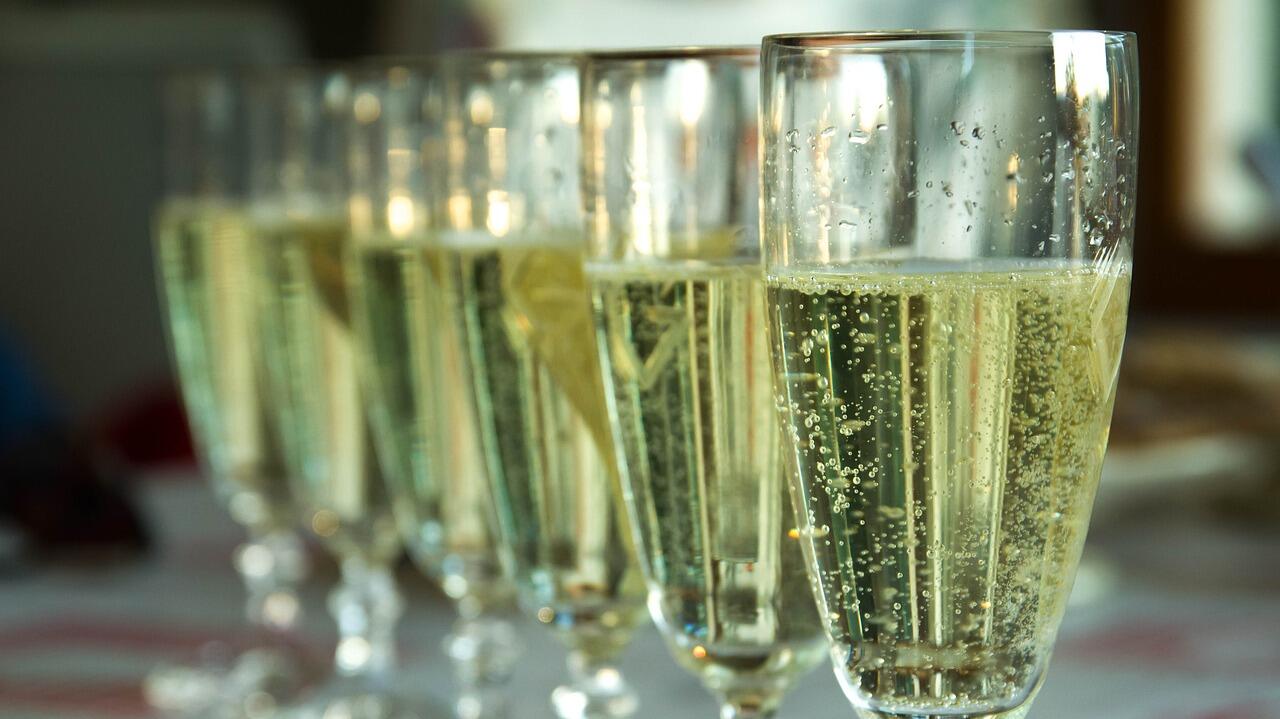Collecting vintage champagne is a sophisticated and rewarding hobby that combines the allure of fine wine with the excitement of investment.
Here's a comprehensive guide to help enthusiasts navigate the world of vintage champagne, offering invaluable insights into selecting, storing, and appreciating some of the finest vintages from the past century.
Understanding Vintage Champagne
Vintage champagne is made from grapes harvested in a single year, unlike non-vintage champagne, which is a blend of multiple years. The quality of a vintage champagne is heavily dependent on the weather conditions of that particular year. Champagne, produced in the Champagne region of northeastern France, is renowned for its unique terroir and strict production standards.
Top Vintages to Look For
Experts highlight several top vintages that are highly sought after by collectors. These include:
- Krug Clos du Mesnil
- Clos d'Ambonnay
- Louis Roederer Cristal
- Dom Pérignon
- Salon Le Mesnil
These prestige cuvées are known for their exceptional quality and aging potential, making them prime candidates for any serious collector.
Why These Vintages Stand Out
Each of these vintages is celebrated for its unique characteristics and the exceptional conditions under which the grapes were grown. For instance, Krug Clos du Mesnil is renowned for its rich, complex flavours, while Dom Pérignon is known for its elegance and finesse. Understanding the history and production process behind these champagnes can enhance the appreciation and enjoyment of each bottle.
Storing Your Collection
Proper storage is crucial for maintaining the quality of vintage champagne. Here are some detailed tips:
1. Temperature Control: Store champagne in a cool place, ideally between 10-12°C (50-54°F). Consistent temperature is key to preserving the wine's integrity.
2. Humidity: Aim for a humidity level of 50-75% to keep the cork from drying out. This prevents air from entering the bottle and spoiling the champagne.
3. Light Exposure: Keep champagne away from direct sunlight and artificial light, as light can degrade the wine and affect its flavour.
4. Positioning: Store bottles on their sides to keep the cork moist, especially for long-term storage. For short-term storage (up to a month), upright storage is acceptable.
5. Vibration-Free Environment: Avoid storing champagne in places with vibrations or strong odors, as these can disturb the sediment and affect the aging process.
6. Magnums: Consider buying champagne in magnums (1.5 liters) for longer-term aging potential. Larger bottles tend to age more gracefully.
Investing in Vintage Champagne
Collecting vintage champagne can also be a lucrative investment. As with any collectible, the value of vintage champagne can appreciate over time, especially for rare and highly regarded vintages. Keeping abreast of market trends and auction results can help make informed purchasing decisions.
Recent Auction Sales Data
Recent auctions have shown strong interest and high prices for vintage champagne. For example, a Sotheby's auction in Paris in June 2024, titled "The Ultimate Champagnes", featured rare magnums of Dom Pérignon, Salon, and Krug. The auction achieved impressive sales of €1.35 million (approximately $2.17 million), with over 50% of lots selling above their pre-sale high estimates. This highlights the continued demand and investment potential of vintage champagne.
Understanding the nuances of vintage champagne, selecting top-quality vintages, and ensuring proper storage can help collectors build a collection that is both enjoyable and valuable.
